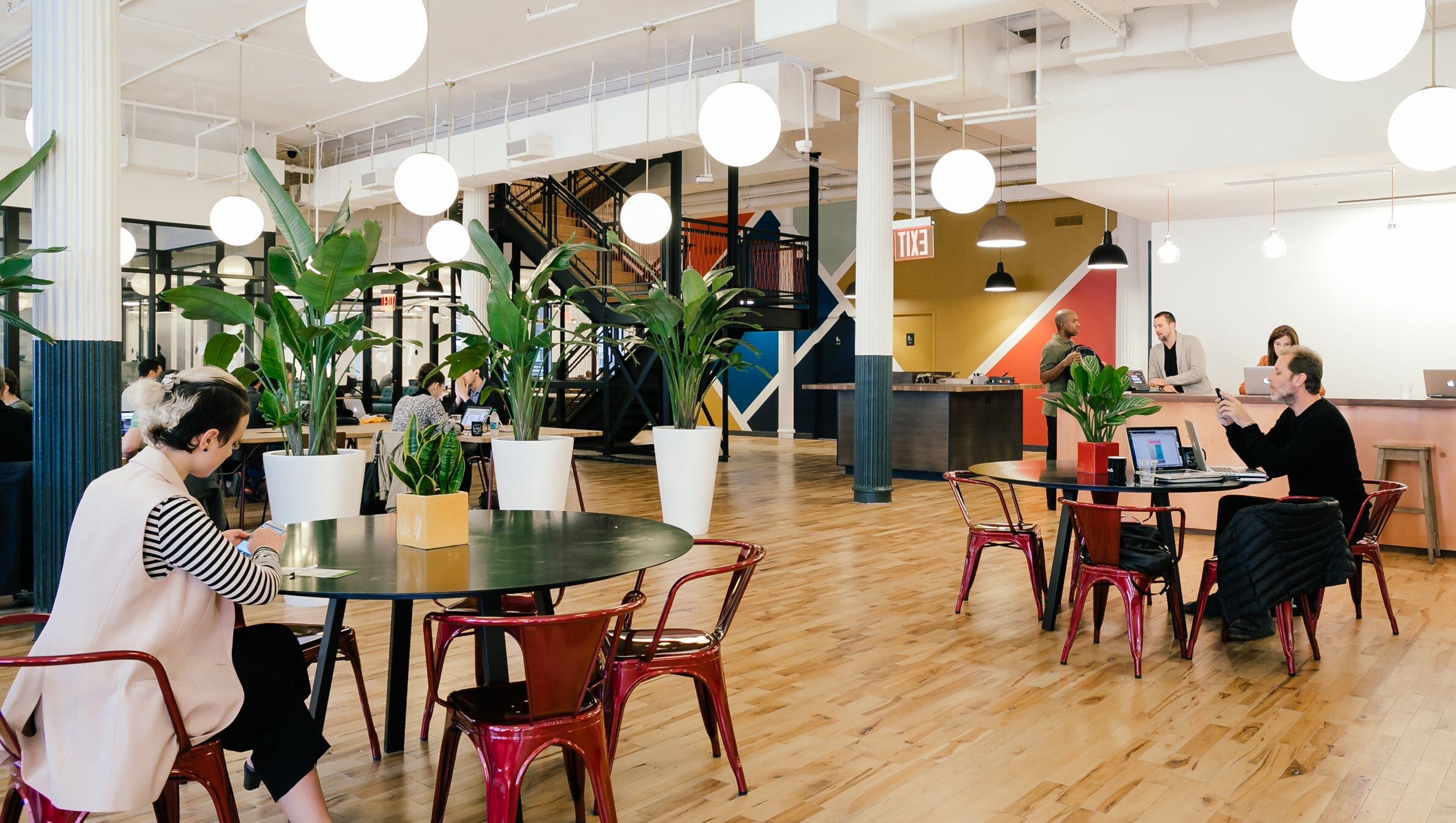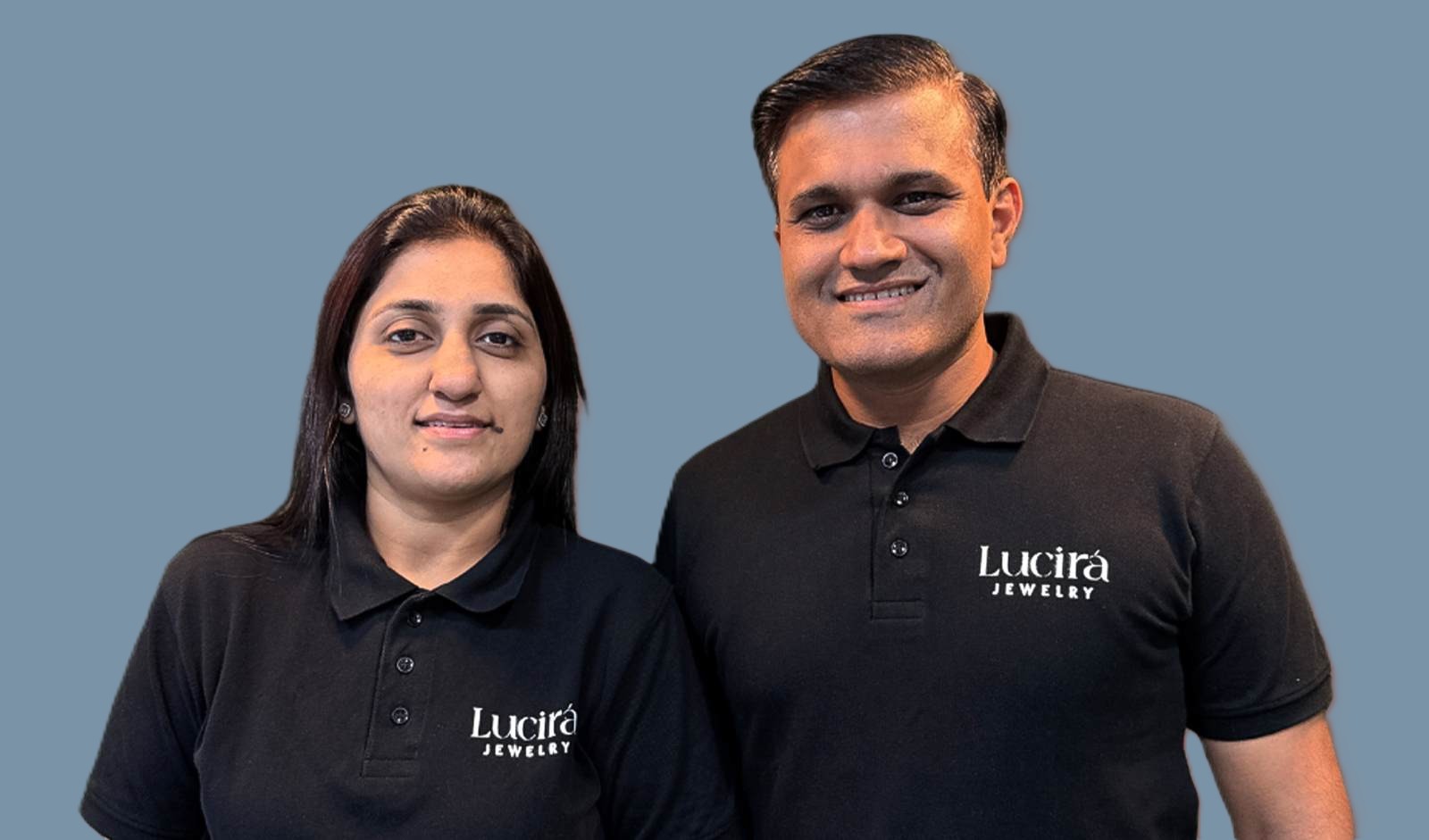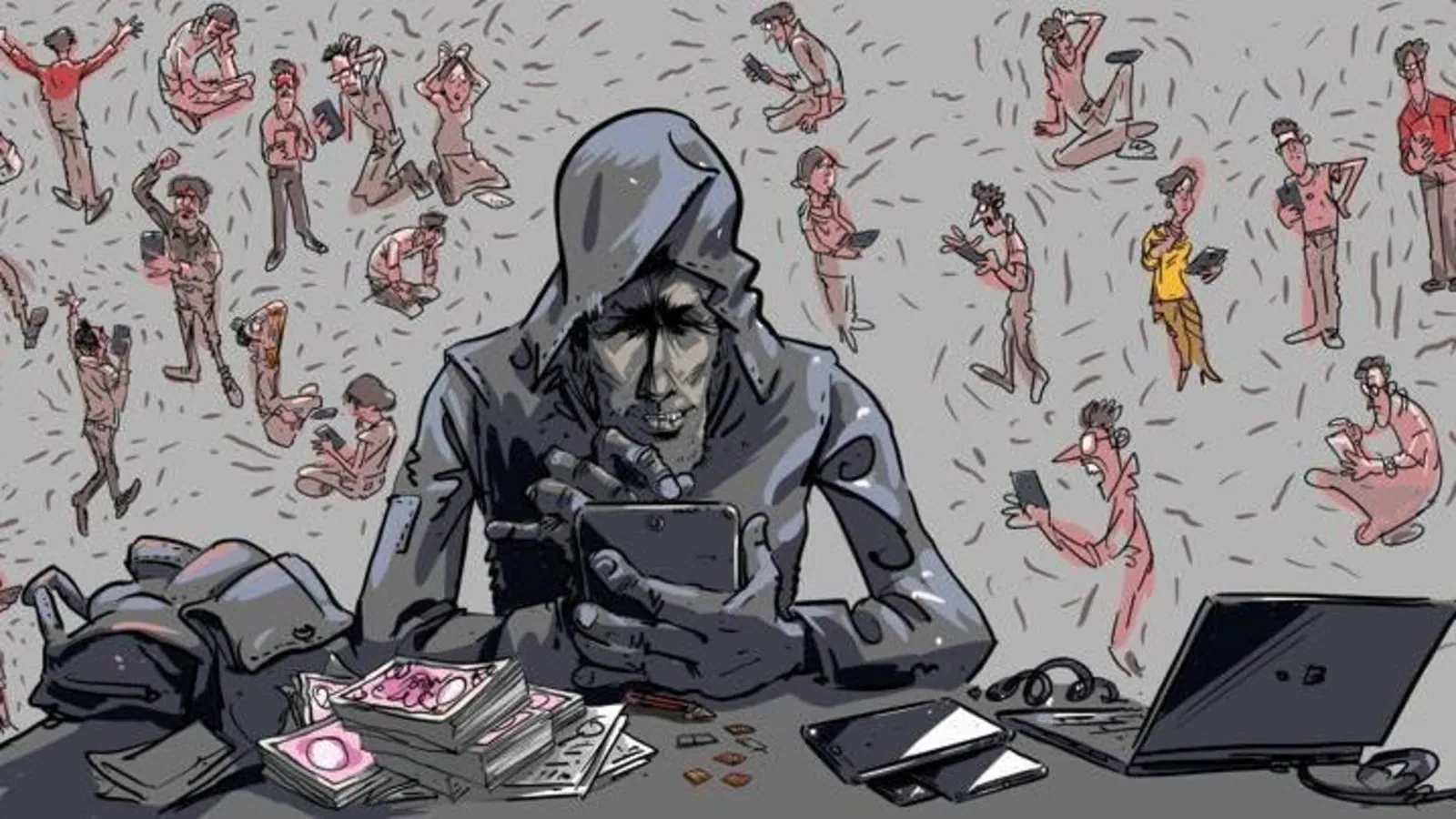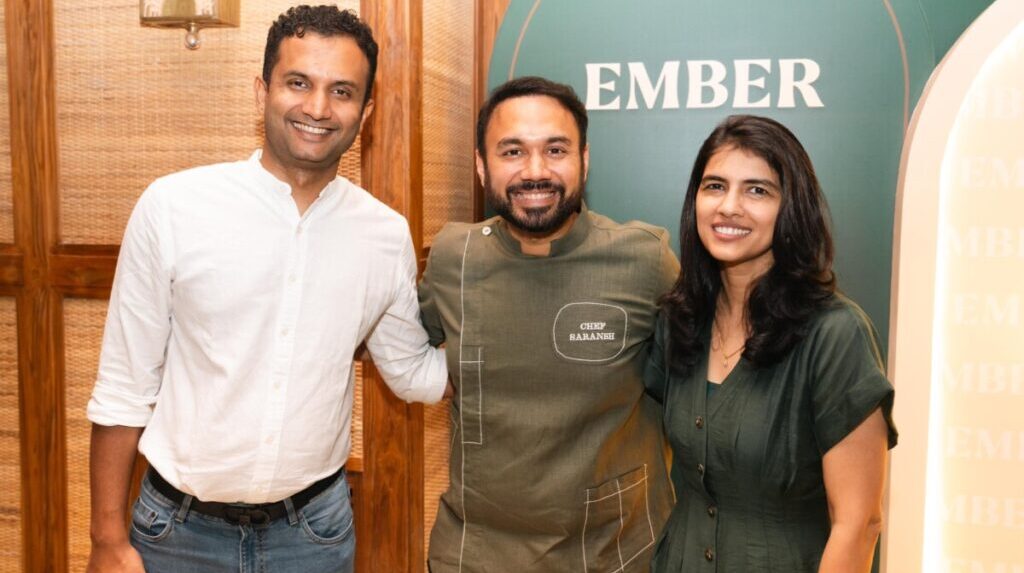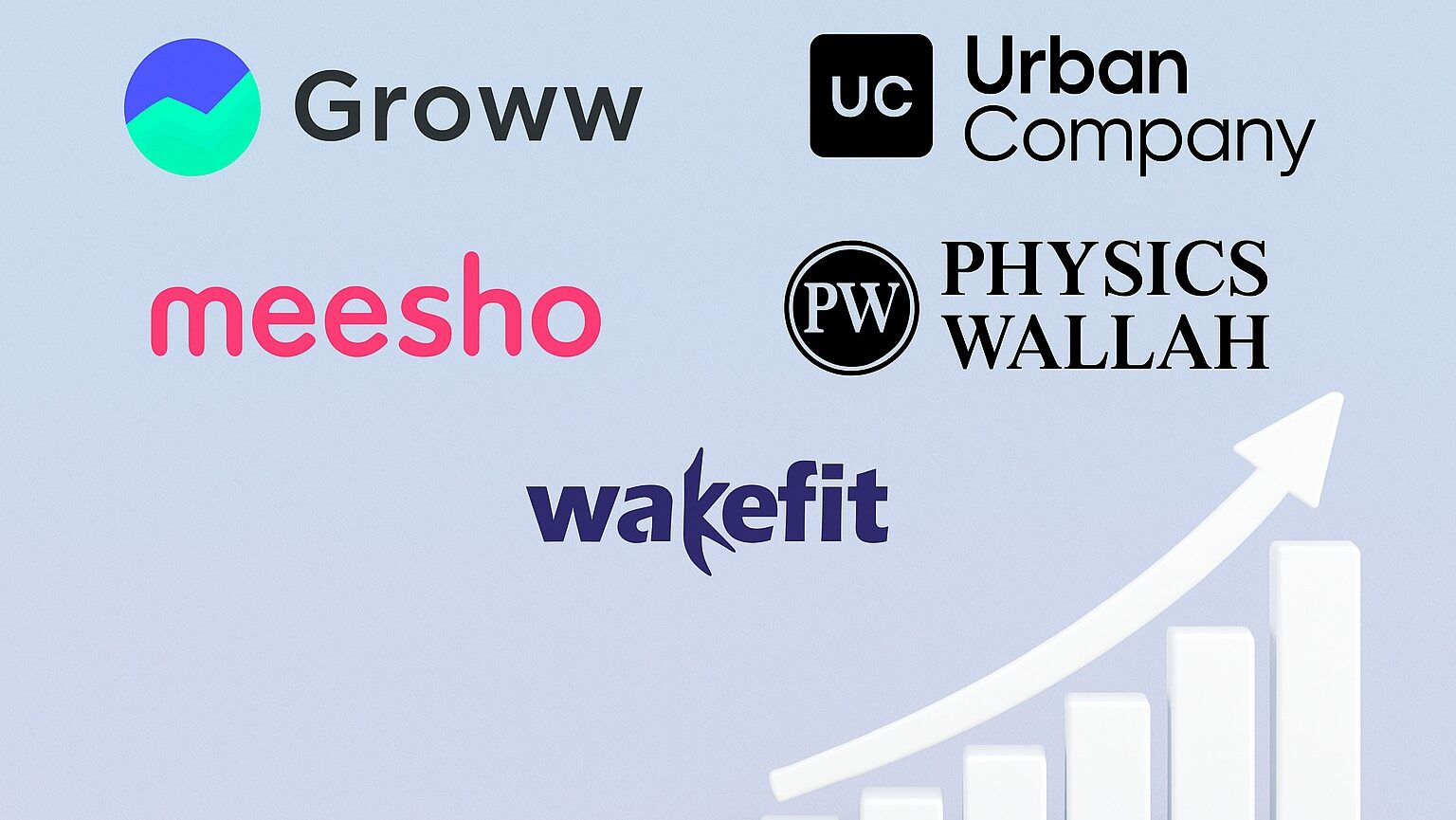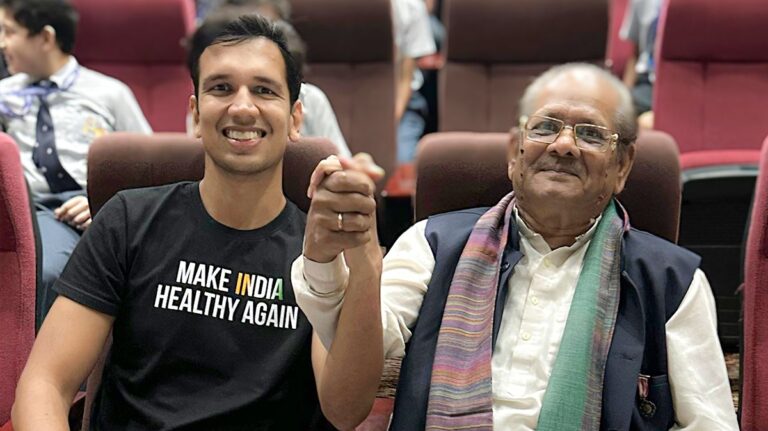Blip, an Indian company that delivered fast fashion, has shut down less than a year after it started. This closure highlights the tough competition in the fashion delivery business.
When Blip began in 2024, it promised to deliver stylish clothing in 10 to 60 minutes. It aimed at Gen Z and young urban workers using influencer marketing and mobile services. The company wanted to change traditional online shopping by combining design with quick delivery.
Why Blip Shut Down So Quickly
Blip faced significant logistical difficulties even after obtaining startup funding and becoming well-liked by early adopters. Managing high return rates, scaling inventory management, and minimising last-mile transportation costs while ensuring prompt delivery were all difficulties for the business.
The pressure was further intensified by competition from well-known companies like Myntra, Amazon Fashion, Zepto Fashion, and specialised Instagram-led direct-to-consumer enterprises. Sources claim that Blip had low client retention, unsustainable unit economics, and a quick rate of fund depletion.
Fast-Fashion Meets Fast-Commerce: A Risky Mix?
Blip’s exit raises questions about the viability of quick-fashion delivery in India, especially at scale. While consumer demand for fast delivery is rising, the fashion category demands variety, sizing accuracy, and returns processing, making it harder to apply the grocery-style instant model.
Analysts argue that hyper-fast delivery works better for essentials, not products like fashion that often require personalized fit and styling preferences.
What This Means for India’s Startup Ecosystem
The closure of Blip highlights how important it is for companies to grow in a sustainable way. As consumer expectations change, it highlights the significance of a solid business plan, a reliable supply chain, and reasonable delivery commitments.
In order to attain profitability and customer happiness, the fashion industry could need a slower and more balanced approach, even though quick commerce is successful in industries like electronics, medicines, and grocery stores.
Blip’s early closure highlights the difficulties of combining fashion with instant gratification. As more Indian shoppers get used to online shopping, startups need to focus on three key areas to do well in the competitive e-commerce market: speed, quality, and customer experience.














